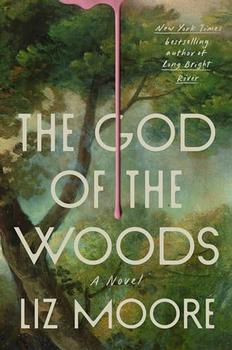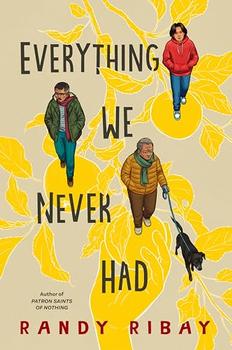(9/1/2021)
"The animals are dying. Soon we will be alone here. . . Once when the animals were going, really and truly, and not just in warnings of dark futures, right now, in mass extinctions we could see and feel, I decided to follow a bird over an ocean. . . Maybe I thought I'd discover whatever cruel thing drove me to leave people and places and everything." - Franny Stone
Visceral. I swear I could feel the cold, smell the sea, sense the dead silence in the forest and sky, and watch the emptying surf crash on the rocks in agony, nearly empty of precious marine life. All fauna and marine life hunted and fished to the edge of extinction by greed and callousness. Yes, it is a dark and depressing world, but the author has the gift to keep the reader reading and reading. In my case, long into the night to finish the book in one sitting,
Migrations sucked me into a world that felt far less like the future and more like an ominous vision of our real-time immediate future. Our own world tilting out-of-control; written a split-second before Covid-19 arrived, escalating heat waves that baked billions of seashore marine life, severe drought, and unstoppable forest fires that have lead to unmerciful deaths and destruction.
In a frozen Artic wilderness, Franny Stone risks life and limb, alone, scrambling along icy cliffs. Her plan, tag three of the few remaining Artic terns about to take flight, for what well may be their last annual migration to Antarctica. The prologue is heavy with a sense of loss, despair, and hopelessness. Franny, in a world seemly without hope, desperately needs to know if these last birds survive. She has an affinity for the birds. She is a thalassophile, a person magnetically attracted to the ocean. Someone feeling trapped on land. Someone who has a spiritual connection to the water. Someone who needs to be in the water to feel complete and free.
Tracking her three Artic terns flying over the earth's waterways requires a seafaring vessel. Mired in the hopelessness of their own futures, with the seas void of sustainable sources of income, no shipowner is willing to help a lady's phrenetic need to track a small flock of birds across the globe. No one until she meets the cryptic Captain Enis Malone and the motley seafaring crew of the Saghani.
The Saghani sets sail through the high seas the boat was never built to traverse following the electronic signal of the Artic terns. As drama unfolds among the captain, Franny, and the experienced crew, we are flipped backward through time to snippets of Franny's past; a past that seems like ground-hog-day. Times that begin with promise of love and inclusiveness that end with Franny running away.
The story is dark but the reader needs to know how it all ends for Franny, the crew and Captain Enis. Will learning the fate of the birds provide a glimpse of promise that there is still hope left in the world? Can Enis and Franny free themselves from their internal bondage? The ending will surprise you.
Personally, the book affected me deeply. Will we destroy our own world through indifference and misuse of resources? Is there hope for our children's children?



